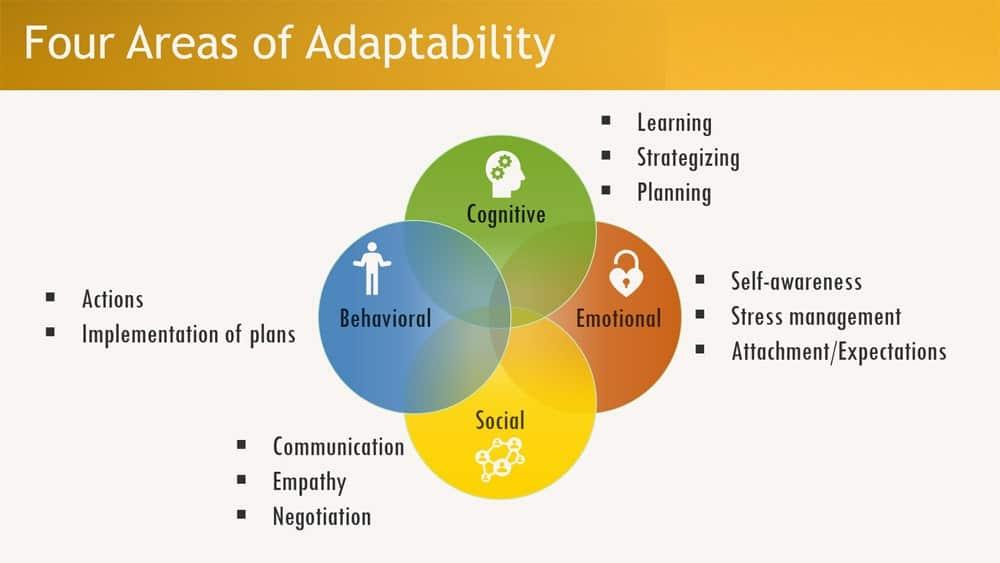



In an age where digital landscapes shape our interactions, economies, adn even ideologies, one titan stands at the forefront—Meta. Formerly known as Facebook,this colossal entity is not merely a social media platform; it is a complex ecosystem that intertwines virtual reality,social networking,and the limitless possibilities of the metaverse. However, as governments worldwide grapple with the implications of such profound technological advancements, a disconnect emerges. The intricate nuances of Meta’s operations and its far-reaching impact frequently enough seem to elude policymakers, leading to a chasm between legislative efforts and the realities of this digital realm. In this article, we will explore the challenges and misunderstandings that arise when governance meets the innovative, fast-paced world of Meta, illuminating why bridging this gap is crucial for a cohesive digital future.
the intricate web of Meta’s digital ecosystem presents a formidable challenge for government policies, primarily due to the rapid evolution of technology and the unique characteristics of social media platforms. Policymakers frequently enough struggle to keep pace with the complex dynamics that govern user interactions, data sharing, and the very nature of online communities. This gap between legislative intent and technological realities highlights several key issues:
The lack of a nuanced understanding of digital behavior also leads to ineffective policy measures that can unintentionally hinder innovation while failing to safeguard user interests.Education and collaboration between tech companies and government entities remain critical in bridging this gap. To exemplify the disconnect, consider the following table comparing typical perceptions versus the reality of Meta’s influence:
| Perception | Reality |
|---|---|
| Easy Content moderation | Complex layers of user-generated content challenge clear governance. |
| Broad User Compliance | Diverse user motivations lead to varied responses to policies. |
| Simple data Regulations | Data flows are multifaceted, complicating regulatory frameworks. |

As the digital landscape evolves, the chasm between government regulators and technology firms widens. Policymakers often find themselves grappling with the complexities of the digital age without a firm grasp on the nuances specific to each platform, particularly with major players like Meta. This disconnect results in policies that may not accurately address the realities of how these technologies operate, leading to regulations that can stifle innovation rather than encouraging it. To foster an effective dialogue, it is crucial that both parties invest time in understanding the fundamental principles behind social media platforms, data privacy issues, and the implications of emerging technologies.
Key strategies to bridge this communication divide include:
Moreover, it is imperative to create structured dialogue through structured data exchange that reflects the ecosystem’s intricacies. As a notable example,a streamlined communication channel could look like this:
| Stakeholder | Key Concerns | Possible Solutions |
|---|---|---|
| policymakers | Regulatory compliance,Privacy protection | Clear regulations,Transparency initiatives |
| tech Giants | Innovation hurdles,Market competition | Flexible regulatory frameworks,Sandbox environments |
By acknowledging the unique strengths and challenges of each entity,a path forward can be laid,one where regulation does not hinder technological advancement,but rather supports a healthier ecosystem for innovation and governance.

at the heart of the debate surrounding platforms like meta lies a fundamental tension: the need to safeguard user privacy while fostering an habitat conducive to technological innovation. Manny regulatory efforts are well-intentioned but often miss the mark,imposing restrictions that inadvertently stifle creativity and growth. Understanding the intricate workings of social networks and how they leverage user data is essential for policymakers. Instead of one-size-fits-all regulations,there should be a framework that promotes transparency and user control,ensuring that platforms can still develop groundbreaking features that enhance user experience.
To effectively navigate this balance, it is indeed essential to consider several key factors:
| Regulation Focus | Potential Impact |
|---|---|
| Stricter Data Regulations | May hinder data-driven innovation and competitiveness. |
| Transparent Algorithms | Builds user trust and encourages responsible data usage. |

In an era dominated by the rapid evolution of technology and social media, it is crucial that policymakers cultivate a mindset of flexibility when shaping regulations for platforms like Meta. The traditional legislative approach, frequently enough slow and cumbersome, is ill-equipped to regulate a landscape that changes almost daily. To succeed, a more dynamic framework is essential, one that includes mechanisms for ongoing review and adjustment. This could involve the establishment of dedicated task forces that monitor technological advancements and user behaviors, ensuring that policies remain relevant and effective.Additionally, fostering partnerships between the government, tech companies, and academic institutions can facilitate a collaborative environment conducive to innovative policy solutions.
Furthermore, embracing a set of guiding principles can strengthen this adaptability. Consider these recommendations:
By integrating these strategies,governments can create a responsive and responsible approach that not only addresses the current needs but also anticipates future developments within the Meta ecosystem.
the gap between government understanding and the intricacies of Meta is both profound and essential. As lawmakers grapple with the complex landscape of digital communication,social interactions,and the rapidly evolving nature of online communities,it’s crucial for all parties involved to foster a dialogue rooted in education and collaboration. The world of Meta is not just a virtual playground; it’s a reflection of our society’s values, challenges, and aspirations. As we continue to navigate these digital frontiers, an informed partnership between technology and governance could pave the way for a future where innovation and regulation coexist harmoniously. Let us strive for a conversation that embraces knowlege, cultivates understanding, and ultimately bridges the divide between the government and the digital realm.After all, in an era defined by connectivity, collaboration is key to shaping a better tomorrow for us all.